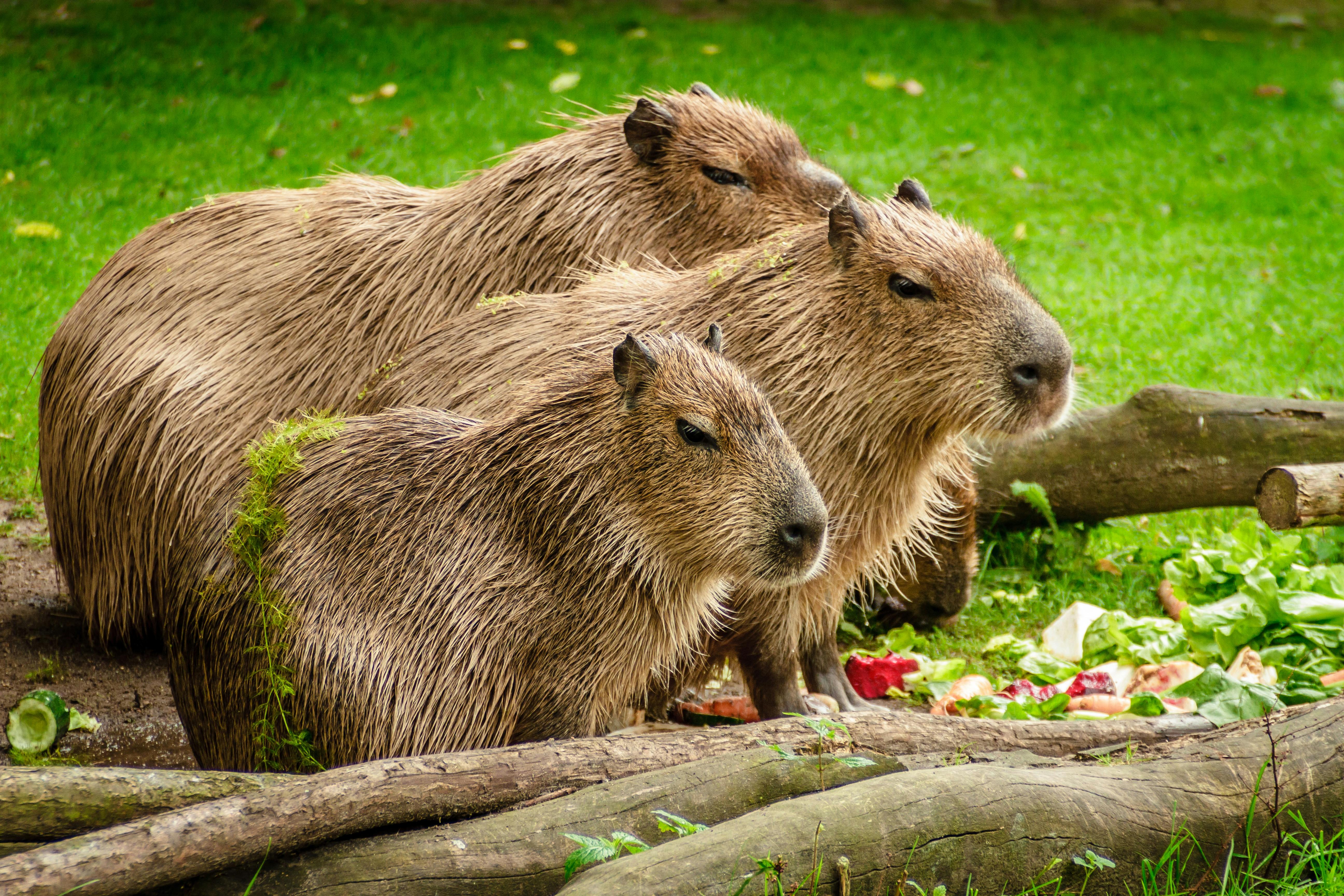The Surprising World of Capybara Companionship
Imagine a pet that's part guinea pig, part hippopotamus, and all charm. Enter the capybara, the world's largest rodent and an increasingly popular exotic pet. These gentle giants are capturing hearts worldwide, offering a unique blend of affection, intelligence, and aquatic antics. But what does it really take to welcome a capybara into your home? Let's dive into the fascinating realm of capybara companionship.

The trend of keeping capybaras as pets began to gain traction in the early 2000s, particularly in Japan. Here, the concept of capybara cafes emerged, allowing people to interact with these amiable rodents in controlled environments. This exposure sparked global interest in capybaras as potential pets, leading to increased demand in various parts of the world.
Legal Considerations and Ethical Concerns
Before considering a capybara as a pet, it’s crucial to understand the legal landscape. In many countries and regions, owning a capybara is either illegal or requires special permits. The United States, for instance, has varying laws depending on the state, with some allowing capybara ownership and others strictly prohibiting it.
Ethical considerations also come into play. Capybaras are social animals that thrive in groups in their natural habitat. Keeping them as solitary pets can lead to stress and behavioral issues. Additionally, their specific care requirements raise questions about the ethics of removing them from their natural environments for domestic companionship.
The Capybara Lifestyle: Space and Environmental Needs
Capybaras are not your average house pet. These semi-aquatic mammals require substantial space, both indoors and outdoors. A typical capybara enclosure should be at least 20 square meters per animal, with additional space for swimming. They need a pool or pond deep enough for swimming, as water play is essential for their physical and mental well-being.
The ideal capybara habitat mimics their natural environment, featuring grassy areas for grazing, shaded spots for resting, and water features for bathing and swimming. Temperature regulation is crucial; capybaras thrive in warm climates and may require heating in cooler regions.
Diet and Health: Keeping Your Capybara Happy
Capybaras are herbivores with specific dietary needs. In the wild, they primarily consume grasses and aquatic plants. As pets, their diet should consist mainly of hay, supplemented with fresh vegetables and specially formulated capybara pellets. It’s essential to avoid foods high in sugar or fat, as capybaras are prone to obesity in captivity.
Regular veterinary care is crucial for pet capybaras. However, finding a vet experienced with exotic pets, particularly capybaras, can be challenging. Routine check-ups, vaccinations, and dental care are all part of maintaining a healthy capybara. Owners should be prepared for potential health issues, including skin problems and parasitic infections common in semi-aquatic mammals.
Social Needs and Behavioral Traits
One of the most appealing aspects of capybaras is their social nature. In the wild, they live in large groups, and this social behavior translates to their life as pets. Capybaras form strong bonds with their human families and often get along well with other pets, including dogs and cats.
However, their social needs can be demanding. Capybaras require significant daily interaction and can become depressed or anxious if left alone for extended periods. They’re also highly intelligent, necessitating mental stimulation through toys, puzzles, and varied activities.
The Financial Aspect of Capybara Ownership
Owning a capybara is a significant financial commitment. The initial cost of purchasing a capybara can range from $1,000 to $3,000, depending on the breeder and location. However, this is just the beginning of the expenses.
Setting up a proper habitat, including enclosure construction and water features, can easily cost several thousand dollars. Ongoing expenses include specialized food, veterinary care, and potential property modifications to accommodate their needs. Prospective owners should be prepared for annual costs that can exceed $2,000 per capybara.
Capybara Impact on Lifestyle and Community
Bringing a capybara into your life is not just about the animal; it’s about adapting your entire lifestyle. These animals require daily care, including habitat cleaning, feeding, and social interaction. Their semi-aquatic nature means dealing with wet and muddy conditions regularly.
Moreover, owning an exotic pet like a capybara can impact your relationships with neighbors and your community. Not everyone may be comfortable living next to a property housing large rodents. It’s essential to consider local regulations and community attitudes before committing to capybara ownership.
The Future of Capybara Companionship
As interest in exotic pets continues to grow, the trend of capybara companionship is likely to evolve. Improved understanding of their care requirements may lead to better-equipped owners and potentially more acceptance in some regions. However, this trend also raises important questions about wildlife conservation and the ethics of keeping wild animals as pets.
The future may see the development of capybara-specific products and services, from specialized veterinary care to custom habitat designs. As more people become aware of these charming creatures, we might also see increased efforts in capybara conservation and protection in their native habitats.
In conclusion, while capybaras offer a unique and rewarding pet experience, they come with significant responsibilities and challenges. Prospective owners must carefully consider the legal, ethical, financial, and practical aspects of capybara companionship. As with any exotic pet, the decision to bring a capybara into your life should be made with thorough research and careful consideration of the long-term commitment involved.





